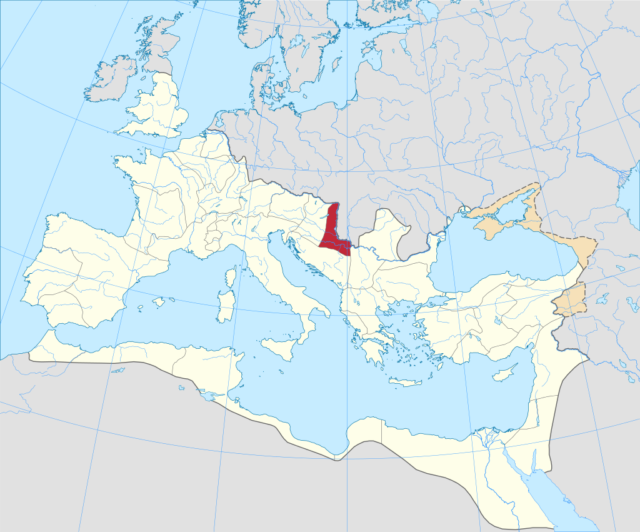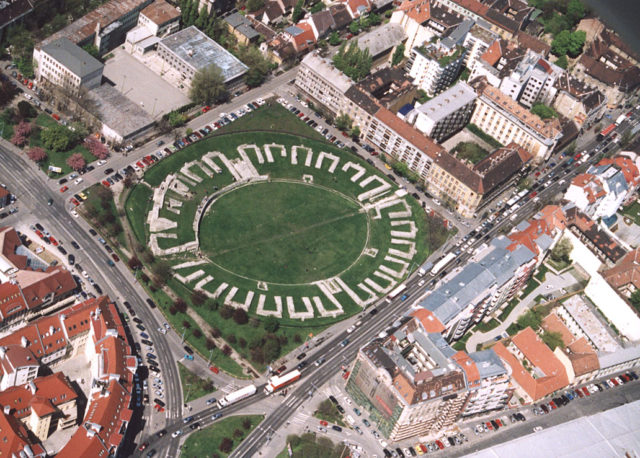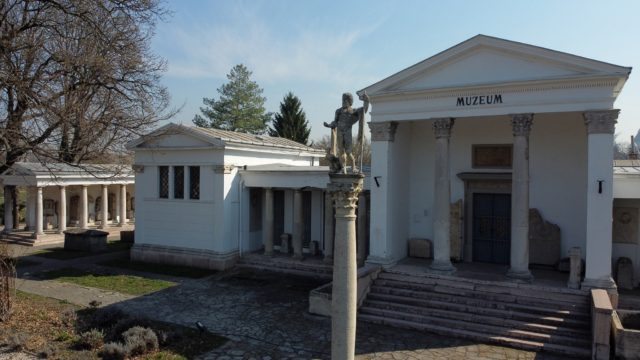Birth
Both sides of the Danube, where Budapest stands today, were populated from the time of the Old Stone Age (Paleolithic Era) according to the archaeological evidence uncovered in the wider area. Scythians, Celts, and Illyrians all inhabited the site of modern-day Budapest for a certain period. As in many cases in Europe, the decisive factor in the city’s birth was the Roman settlement.


The Roman fort in what is now Obuda became the fortified city of Aquincum and the capital of the Roman Province of Lower Pannonia. The Celtic tribe known as the Eravisci, who inhabited the area before the Romans, was gradually integrated into the life of the frontier Roman castrum which reached a population of 30,000 in its apogee during the end of the second century. Two amphitheaters, one of which is larger than the Colosseum of Rome, an aqueduct, temples, and thermal baths that one can find today in the Aquincum Museum testify to the city’s growth.



